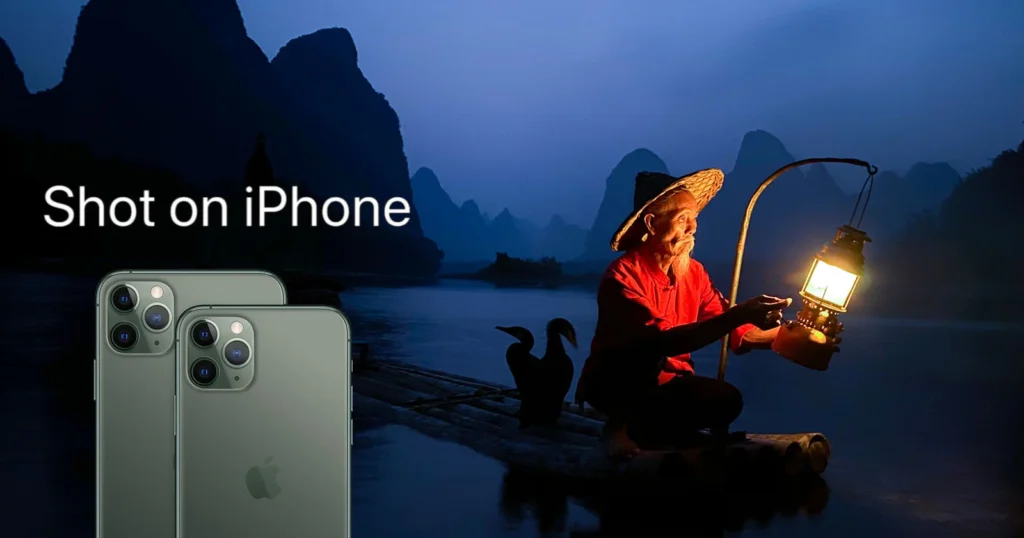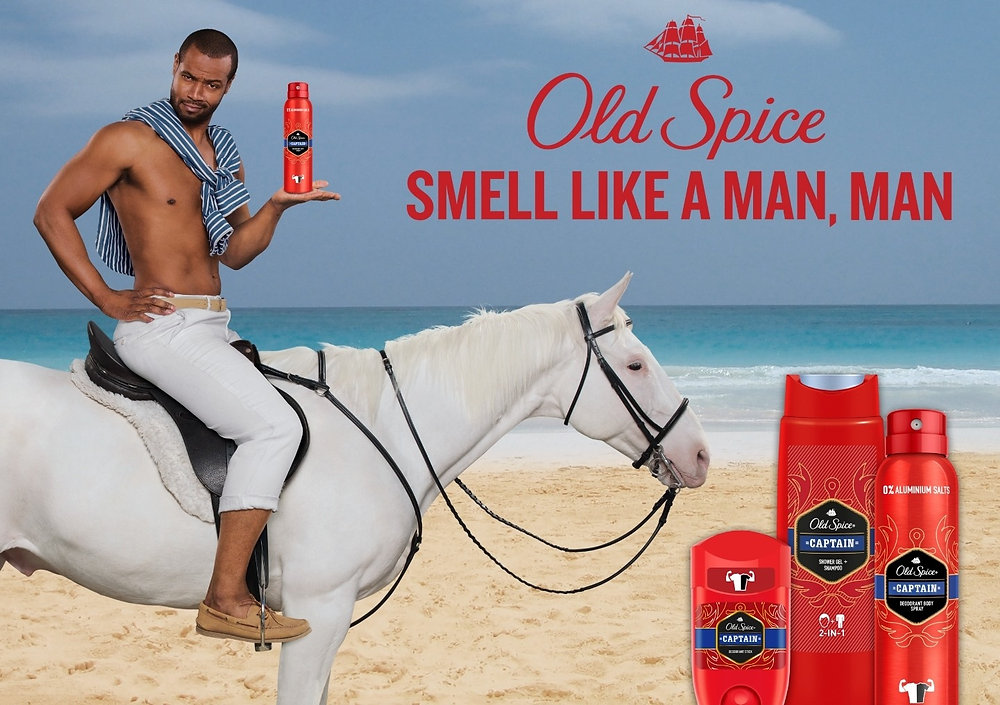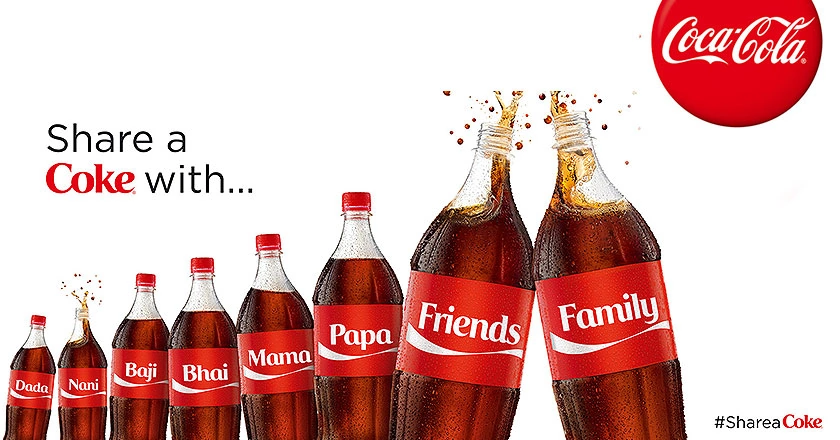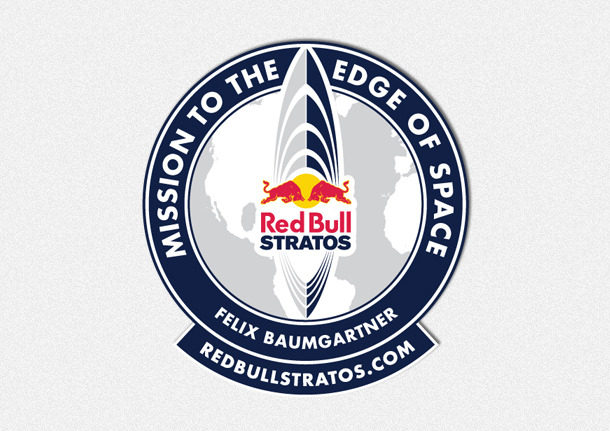Introduction to Product Marketing Campaigns
Product marketing campaigns are the driving force behind successful product launches and sustained market presence. They are strategic efforts designed to promote a product, increase brand awareness, and ultimately drive sales. These campaigns are more than just advertising; they encompass a holistic approach that integrates market research, customer insights, creative messaging, and multi-channel distribution to reach and resonate with target audiences.
At their core, product marketing campaigns aim to communicate the value of a product, highlighting its unique selling points and differentiating it from competitors. Whether launching a new product or revitalizing an existing one, these campaigns are critical in shaping consumer perceptions and influencing purchasing decisions.
Effective product marketing campaigns are built on a deep understanding of the market landscape and consumer behavior. They often employ innovative tactics, from compelling storytelling and viral social media strategies to targeted email marketing and experiential events. By aligning the right message with the right audience at the right time, successful campaigns can significantly enhance a product’s visibility and impact in the market.
In this ever-evolving digital age, the ability to craft and execute powerful product marketing campaigns is essential for any brand looking to thrive. As we explore various examples and strategies, we’ll uncover the key elements that make a product marketing campaigns not just effective, but truly transformative.
1. Apple’s “Shot on iPhone” Campaign
Apple’s “Shot on iPhone” campaign is a standout example of an effective product marketing campaigns that leverages user-generated content to showcase the capabilities of its products. Launched in 2015, the campaign features stunning photos and videos taken by everyday iPhone users, highlighting the advanced camera technology of the iPhone.
The brilliance of the “Shot on iPhone” campaign lies in its simplicity and authenticity. By showcasing real photos and videos from users around the world, Apple was able to demonstrate the quality and versatility of the iPhone camera in a relatable and impactful way. The campaign spanned multiple platforms, including billboards, social media, and TV commercials, making it one of the most visible and successful marketing efforts in the company’s history.

The campaign not only reinforced the iPhone’s reputation as a leader in smartphone photography but also built a strong community of users who were excited to share their creativity. “Shot on iPhone” has continued over the years, evolving with each new iPhone release, and remains a powerful testament to how user-generated content can elevate a brand and engage consumers on a global scale.
2. Nike’s “Just Do It” Campaign
Nike’s “Just Do It” campaign is one of the most iconic and successful product marketing campaigns in history, revolutionizing the brand and the athletic industry. Launched in 1988, the campaign featured a simple yet powerful slogan—“Just Do It”—which resonated deeply with athletes and non-athletes alike. The phrase became a motivational mantra, encouraging people to push their limits, overcome challenges, and take action, regardless of their athletic ability.
The success of the “Just Do It” campaign can be attributed to its universal appeal and emotional connection with consumers. By focusing on the mental and emotional aspects of sports and fitness, Nike positioned itself not just as a brand for athletes, but as a symbol of determination, perseverance, and empowerment. The campaign featured a wide range of athletes, from professionals like Michael Jordan to everyday individuals, further emphasizing that Nike’s message was for everyone.

“Just Do It” helped Nike differentiate itself from competitors and solidified its place as a leader in the global sportswear market. The campaign’s impact extends beyond advertising, influencing popular culture, and becoming synonymous with the Nike brand itself. Decades later, “Just Do It” remains a powerful and enduring slogan that continues to inspire people around the world.
3. Old Spice’s “The Man Your Man Could Smell Like” Campaign
Old Spice’s “The Man Your Man Could Smell Like” campaign exemplifies how bold creativity and humor can rejuvenate a classic brand. Launched in 2010, this campaign featured actor Isaiah Mustafa as the charming and confident “Old Spice Guy,” who addressed both women and men in a series of fast-paced, witty commercials. The ads playfully suggested that by using Old Spice, men could smell as appealing as the character, making them more attractive and desirable.
The success of this campaign was immediate and far-reaching. It not only revitalized Old Spice, a brand that had been perceived as outdated but also redefined its image to appeal to a younger generation. The combination of humorous writing, Mustafa’s charismatic performance, and the campaign’s interactive elements—such as personalized video responses to fans on social media—made it a viral sensation.

The “Man Your Man Could Smell Like” campaign significantly boosted Old Spice’s sales and won numerous advertising awards. It became a cultural phenomenon, showcasing the power of humor and engaging content to transform brand perception and drive consumer interest. The campaign remains a textbook example of how to rebrand and engage with a modern audience successfully.
4. Dove’s “Real Beauty” Campaign
Dove’s “Real Beauty” campaign is a one of the groundbreaking product marketing campaigns that challenged traditional beauty standards and sparked a global conversation about self-esteem and body positivity. Launched in 2004, the campaign featured women of diverse ages, sizes, and ethnicities, celebrating natural beauty and promoting the message that real beauty comes in all shapes and forms.
The campaign was born out of research revealing that only a small percentage of women considered themselves beautiful. Dove sought to redefine beauty by highlighting real women, rather than using models with conventional looks, in its advertisements. This inclusive approach resonated deeply with audiences, creating an emotional connection that went beyond just selling beauty products.

“Real Beauty” was more than just an ad campaign; it became a social movement. Dove extended its efforts through various initiatives, including the Dove Self-Esteem Project, which aims to boost confidence in young people. The campaign’s success is reflected in its long-lasting impact on both the beauty industry and societal perceptions of beauty, encouraging other brands to adopt more authentic and diverse representations in their marketing.
By focusing on empowerment and authenticity, Dove’s “Real Beauty” campaign not only enhanced the brand’s reputation but also made a significant contribution to the ongoing dialogue about beauty and self-worth.
5. Coca-Cola’s “Share a Coke” Campaign
Coca-Cola’s “Share a Coke” campaign is a highly one of the successful product marketing campaigns that personalized the iconic beverage in a way that connected with consumers on a deeply personal level. Launched in Australia in 2011 and later expanded globally, the campaign replaced the brand’s logo on bottles with popular first names, encouraging people to “share a Coke” with someone special.
The genius of the “Share a Coke” campaign lies in its ability to create a sense of personal connection and engagement. By seeing their names or the names of friends and loved ones on Coke bottles, consumers were motivated to purchase and share the product, turning a simple drink into a meaningful gesture. The campaign also encouraged social media sharing, as people posted photos with their personalized bottles, further amplifying its reach and impact.

“Share a Coke” led to a significant increase in sales and brand loyalty, particularly among younger audiences. The campaign’s success was driven by its clever use of personalization, interactive elements, and emotional appeal, making it one of Coca-Cola’s most memorable and effective marketing efforts. It demonstrated how a simple idea, when executed brilliantly, can revitalize a brand and create lasting consumer connections.
6. Red Bull’s “Stratos” Campaign
Red Bull’s “Stratos” campaign is one of the landmark product marketing campaigns that exemplify the brand’s tagline, “Red Bull gives you wings.” Launched in 2012, the campaign centered around a record-breaking event in which Austrian skydiver Felix Baumgartner ascended to the edge of space in a helium balloon and then performed a freefall jump from an altitude of 128,000 feet.
The “Stratos” campaign was a daring blend of extreme sports, science, and media spectacle. It captured the world’s attention as Baumgartner broke multiple records, including the highest freefall and the first human to break the sound barrier without vehicular power. The event was broadcast live, attracting millions of viewers and generating massive media coverage, making it one of the most-watched live streams in history.

Red Bull’s “Stratos” campaign not only pushed the boundaries of human achievement but also positioned the brand as a pioneer of adventure and innovation. By associating itself with this extraordinary feat, Red Bull reinforced its image as a brand that fuels daring and pushes limits. The campaign was a resounding success, boosting brand visibility and solidifying Red Bull’s reputation as a leader in extreme sports and innovative marketing.
7. GoPro’s “Be a Hero” Campaign
GoPro’s “Be a Hero” campaign is one of the defining product marketing campaigns that helped transform the brand into a global leader in action cameras. Launched alongside GoPro’s range of wearable cameras, the campaign encouraged users to capture and share their most thrilling and adventurous moments, positioning the camera as a tool for everyday heroes.
The slogan “Be a Hero” resonated with GoPro’s target audience—adventure seekers, athletes, and creatives—by empowering them to document and showcase their experiences from a first-person perspective. The campaign leveraged user-generated content, featuring real-life footage from GoPro users around the world, which was then shared across social media and other platforms. This approach not only created a strong community of GoPro enthusiasts but also provided authentic, compelling content that showcased the camera’s capabilities in a wide range of environments.

The “Be a Hero” campaign was instrumental in building GoPro’s brand identity as more than just a camera company. It inspired users to push their limits, capture extraordinary experiences, and share their stories with the world. The success of the campaign helped GoPro become synonymous with adventure and creativity, driving massive growth in sales and establishing the brand as a cultural phenomenon in the action sports and content creation industries.
8. Airbnb’s “#WeAccept” Campaign
Airbnb’s “#WeAccept” product marketing campaigns are a notable example of using corporate platforms to champion social justice and inclusivity. Launched in early 2017 in response to rising concerns about discrimination and the political climate, the campaign aimed to reinforce Airbnb’s commitment to diversity and acceptance.
The campaign’s centerpiece was a powerful Super Bowl commercial that showcased a diverse array of people from different backgrounds, emphasizing Airbnb’s dedication to providing a welcoming space for everyone. The ad was accompanied by the hashtag “#WeAccept,” which quickly gained traction on social media, sparking conversations about inclusion and equality.

Airbnb’s “#WeAccept” campaign went beyond mere messaging by also making tangible commitments, such as pledging $4 million to organizations that fight discrimination and support refugee and immigrant communities. The campaign not only strengthened Airbnb’s brand identity as a supporter of diversity and inclusivity but also positioned the company as a proactive force in addressing social issues.
The success of “#WeAccept” lies in its alignment with Airbnb’s core values and its ability to resonate with a global audience, reinforcing the company’s mission to create a world where anyone can belong anywhere.
9. Always “Like a Girl” Campaign
Always “Like a Girl” campaign is one of the groundbreaking product marketing campaigns aimed at challenging and changing societal perceptions of gender stereotypes. Launched in 2014, the campaign sought to redefine the phrase “like a girl,” which is often used pejoratively to imply weakness or inadequacy.
The campaign featured a series of powerful videos and ads that highlighted how the phrase can be a source of pride rather than an insult. It began with a social experiment that asked people of various ages to perform activities “like a girl,” revealing how pre-teens performed with confidence while older participants often associated the phrase with negative stereotypes.

By shifting the narrative, Always aimed to empower young girls and boost their self-esteem during a critical time in their development. The campaign received widespread acclaim for its positive message and impactful execution, generating conversations about gender equality and challenging traditional stereotypes.
“Like a Girl” not only reinforced Always’ commitment to supporting women and girls but also inspired a broader cultural movement towards gender inclusivity and self-empowerment. Its success was marked by numerous awards and recognition, affirming the campaign’s role in advancing social change and encouraging a more positive view of female strength and capability.
10. IKEA’s “Where Life Happens” Campaign
IKEA’s “Where Life Happens” campaign is one of the compelling product marketing campaigns that highlights the brand’s commitment to making everyday life better through thoughtful and practical home solutions. Launched in 2016, the campaign focuses on the idea that IKEA products are designed to enhance the spaces where people live, work, and play.
The campaign showcases real-life scenarios and everyday moments, illustrating how IKEA’s furniture and home accessories contribute to making life more enjoyable and functional. By emphasizing the importance of home as the center of life’s activities, “Where Life Happens” positions IKEA as more than just a retailer, but as a partner in creating spaces that reflect and support the diverse needs of modern living.

Through a mix of engaging advertisements, social media content, and storytelling, IKEA effectively communicates the value of its products in transforming ordinary spaces into personalized, efficient, and welcoming environments. The campaign’s success lies in its ability to connect with consumers on a personal level, demonstrating how IKEA’s solutions fit seamlessly into the fabric of daily life and enhance the overall home experience.
Conclusion on Product Marketing Campaigns
Product marketing campaigns play a pivotal role in the success of a product by driving awareness, engagement, and sales. They are designed to effectively communicate a product’s value proposition, differentiate it from competitors, and resonate with target audiences. Through a blend of creative strategies, market insights, and compelling messaging, these campaigns can transform products from mere commodities into beloved brands.
The effectiveness of a product marketing campaigns often hinges on its ability to connect with consumers on an emotional level, leverage innovative tactics, and adapt to evolving market trends. Successful campaigns not only enhance a product’s visibility but also build brand loyalty and create lasting impressions. By studying and understanding the key elements of impactful campaigns, businesses can gain valuable insights into crafting their strategies to achieve market success.
In essence, product marketing campaigns are more than just promotional efforts; they are strategic tools that shape consumer perceptions, drive market performance, and contribute to a brand’s long-term growth. The lessons learned from successful campaigns serve as a blueprint for future endeavors, highlighting the importance of creativity, authenticity, and consumer-centric approaches in achieving marketing excellence.
Note –
In today’s global marketplace, every purchasing decision carries weight. As conscious consumers, we have the power to support businesses that align with our values. We encourage you to consider exploring and promoting products that reflect ethical practices and contribute positively to local communities.
In light of the Israel-Palestine conflict, we do not support promoting Israeli products that generate profits used to harm innocent people. Instead, we focus on their product innovation ideas and promotional techniques. How have they captured the global market? How have they influenced consumers to purchase their products over the decades? What marketing strategies have they employed? We encourage new entrepreneurs to study their business and marketing strategies to develop alternative products.
By choosing not to promote Israeli products, you can take a stand for justice and equity, supporting brands and entrepreneurs who prioritize these values. At the same time, this is a call to new entrepreneurs: now is the time to bring your innovative ideas to life! The world needs fresh, ethical alternatives that can compete on the global stage.
If you’re an entrepreneur with a passion for creating products that make a difference, seize this opportunity to fill the gap with your unique offerings. Let’s build a marketplace that celebrates diversity, fairness, and innovation. Together, we can shape a future where our choices reflect our principles and foster a more just and inclusive economy.




Great Article bro, slot daftar sekarang
Thanks Bro.